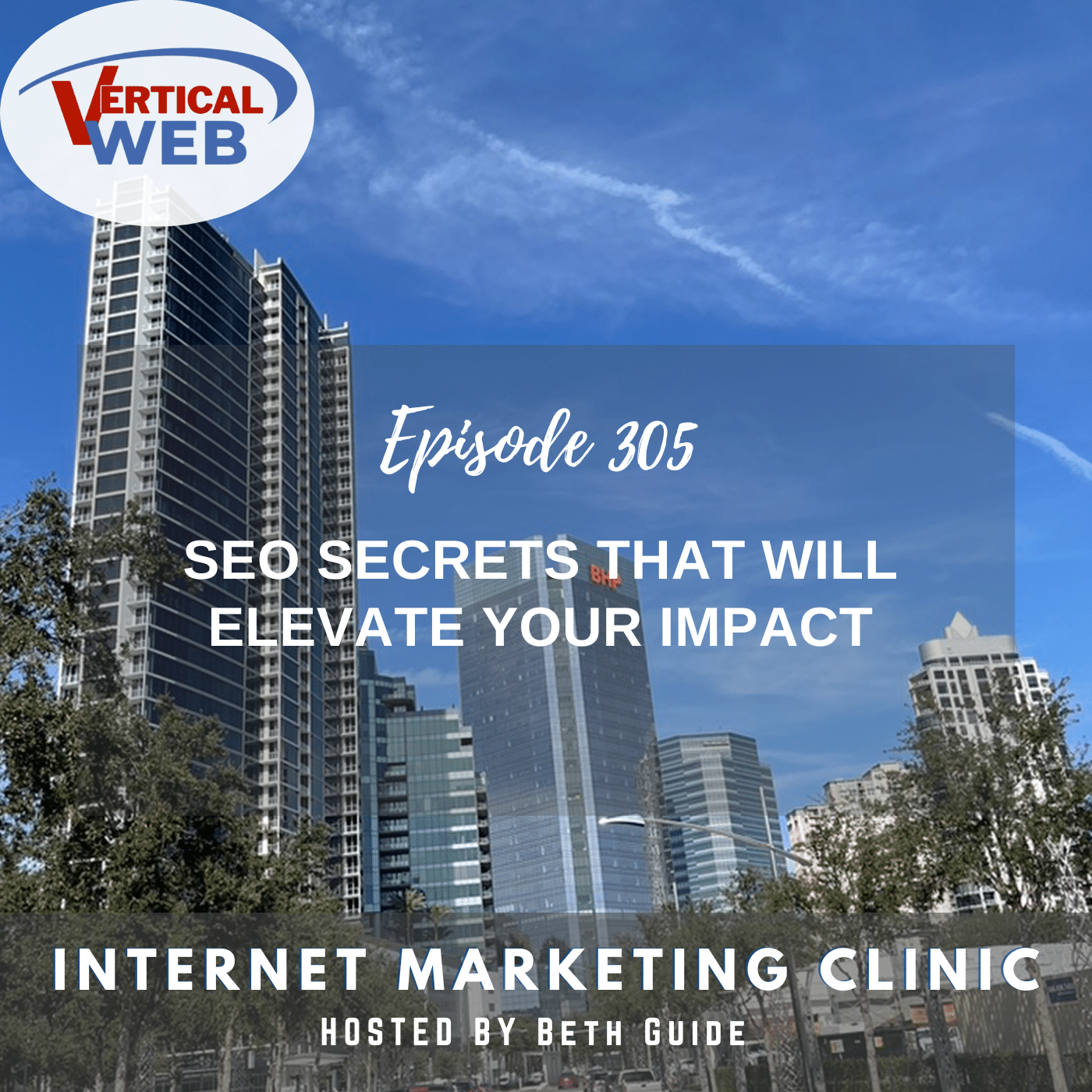Subscribe to Our Podcast Apple Podcasts | RSS
If you’ve just launched a business website – or are about to launch one – your work is just beginning as the site’s owner. With millions of e-commerce and professional sites already online, it’s a real fight to get new websites noticed. In fact, it’s impossible to gain traction online without an effective SEO plan in place. That’s because search engines are picky when determining which pages to rank – those with better SEO fundamentals are much more likely to snag those coveted top spots.
But that only raises another question – how can business owners get started with effective SEO? That’s what we’re addressing this time. With these following tips, any business owner in any industry can get a competitive start with SEO and build a steady stream of traffic.
The right engine means everything when starting a website, and that means WordPress
If you already have a website, it is hopefully built in WordPress. If it’s not, we’ve got some bad news – you’ll likely need to migrate it to WP. That includes sites built in Squarespace, Wix, Weebly and other stripped-down website builders. If you haven’t built a site yet, WordPress is the engine of choice.
Why? Compared to site building platforms, WP’s backend is far more compatible with Google’s site discovery and indexing process. In other words, Google understands WordPress sites better than others, so it’s more likely to fully crawl, index and properly categorize a website. In general, the more confused Google’s spiders are when crawling a website, the less likely that site will rank. WP ensures minimal confusion between the website and Google.
Make your title tag count – with high impact keywords
Every page on your website has to explain itself to Google, and title tags and headers are an important part of that mission. Each page gets one title tag (an H1), and you should treat it like a proper title – it should explain the content’s primary focus. And for Google, every title tag should also include relevant keywords that send the right content signals to search engines. These keywords are essentially clues that tell Google how to judge, locate and categorize the content.
It is extremely important to locate the most relevant keywords (i.e., the product you’re selling) as high up on each page as possible. This will maximize the chances that Google’s spiders will find them.
Additional headers are used with content subsections, and they act just like title tags. Each section header should describe what’s in the following section while including high-relevance keywords for Google.
Localize your headers, copy and images for your business’s service area
Most small businesses have a tight service area that’s near their operating facilities. It’s this area that your SEO should be targeted toward.
Local SEO is the branch of digital marketing focused on targeting users in a particular service area, and it’s a slightly different game than general, national SEO. When users punch in a local search query (“Houston Mexican restaurants,” for example), Google returns a local SERP in response. This local SERP includes additional high-value spots like the map pack, so engaging local SEO comes with additional rewards.
But local SEO also takes a slightly different approach. One part of this approach is to localize the content on your site’s pages, so Google understands where your business is located and what areas it serves.
In practice, that means mentioning where the company is located in titles, headers and inside the body copy. The city it’s located in, the neighborhoods or regions it services, the names of nearby landmarks and major roads – these are all useful clues for Google.
It goes further than that, too. Every image published on your website has metadata associated with it. This metadata includes where the photo was taken, so consider taking your own photos and publishing them with that metadata intact. It will be yet another signal for Google to utilize.
Silo and support your main content pages with secondary feeder pages
How your site’s content is organized is also of interest to Google, and therefore an SEO consideration. Ideally, it’s organized in a hierarchical fashion, with major content sections coming off the home page, and content subsections coming off of those, all the way down to your individual product pages. If you were to visualize this structure, it would like a cascade flow chart, with the home page at the top and the product pages at the bottom.
Each one of these content sections can act like a standalone site within your primary website. For example, if your site sells clothing, then each content section could be dedicated to “winter clothing,” “summer clothing,” “shoes,” “accessories” and so on. Each of these sections has a top level content page that links right off the home page and includes links to all of the subsections that are categorized below it.
This approach offers two major advantages to site owners. One, it helps Google interpret the site’s structure and navigation, so it can better understand where to place each page – and your site in general. Two, by reinforcing the primary content pages in each section, Google is more likely to rank those pages for relevant queries. When a user clicks on one of those listings, instead of being taken to your home page (which may be too far away from where the user wants to be), they’re linked directly to the right sections on your website. It’s far easier to convert users into customers if they don’t have to push through your website to find what they’re looking for.
Establish a blog on your site that’s regularly updated
Every business, no matter its industry or size, should have a blog on its website. Blogs are a primary means of publishing fresh content, and Google will look at what’s published on your blog (and how often) as part of its crawling and indexing process.
As an irreplaceable content marketing tool, your blog cannot be neglected. It should link right off the home page, should be featured in the top navigation menu and should be updated at least once every couple weeks, though once a week is better.
To optimize your site’s success, you’ll need to optimize it for search engines
Gone are the days of launching a website and waiting for customers to roll in. That just doesn’t happen in today’s hyper competitive world of e-commerce. The most successful online businesses tend to be the ones most invested in their digital marketing initiatives, but doesn’t always mean capital investment.
Time is also a valuable resource in this regard. The more time you spend on creating high quality content and organizing the site’s structure, the better your site’s SEO impact will be. And that’s the not-so-secret secret to online success – the more effort you put into digital marketing and content creation, the more visibility your site is likely to attain.
- Google Leaks and What They Mean for SEO and Small Business from an SEO Expert - July 19, 2024
- SEO Hacks: Easy Ways to Win at SEO - June 8, 2024
- Last Call for Todays Class Get Your Business On the Map – - May 22, 2024


